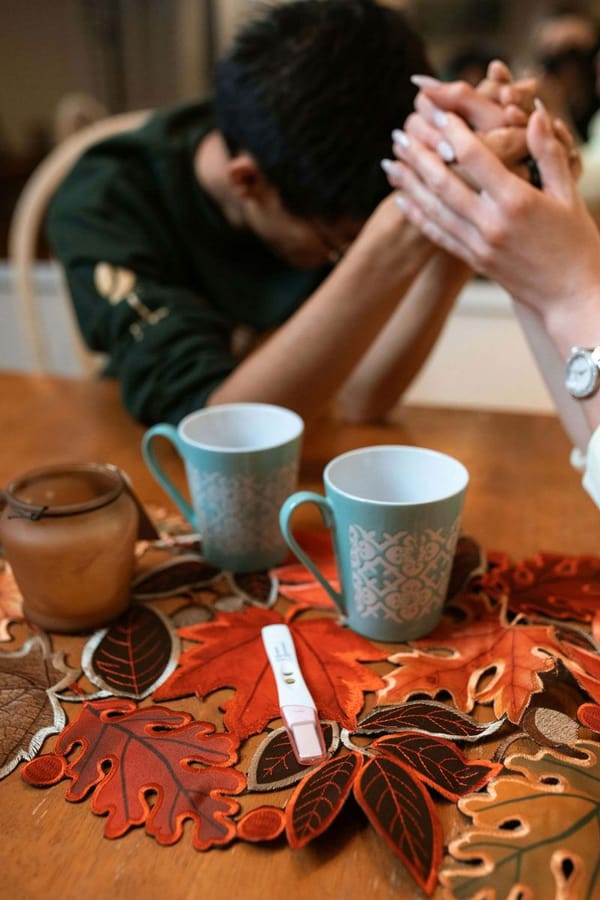Have you ever noticed a little light bleeding in the middle of your menstrual cycle? You're not alone. This spotting, known as ovulation bleeding, is a common occurrence for some women. But what causes it, and is it something to worry about?
What is Ovulation Bleeding?
Vaginal bleeding that occurs around the time of ovulation is known as ovulation bleeding, sometimes known as mid-cycle bleeding or ovulation spotting. Your ovary releases an egg during ovulation, which usually occurs in the middle of your menstrual cycle.
When does ovulation bleeding typically happen?
Between 11 to 21 days after your last period, during your menstrual cycle, your ovary releases an egg, which might result in ovulation bleeding. (Your menstruation occurs at the start of the cycle.) But every month, it doesn't necessarily happen on the same day. Ovulation can vary by a few days for a lot of women.
What Causes It?
The culprit behind ovulation bleeding is often hormonal fluctuations. During ovulation, your estrogen levels rise and then dip suddenly. This shift can sometimes cause a small amount of the uterine lining to shed, leading to spotting.
What Does It Look Like?
Ovulation bleeding is usually much lighter than a regular period. It may appear as a few drops of blood on toilet paper or your underwear, and the color can be light pink or red. It typically only lasts for a day or two.
Is It Normal?
Occasional ovulation bleeding is generally considered normal and shouldn't be a cause for concern. However, if you experience heavy bleeding, prolonged spotting, or other unusual symptoms, it's always best to consult your healthcare provider.
Ovulation Bleeding Vs. Implantation Bleeding
Mid-cycle spotting can result from both implantation and ovulation bleeding, making it difficult to distinguish between the two. Below is a summary of the main distinctions:

Timing is Key:
- Ovulation Bleeding: This occurs around the time you ovulate, typically in the middle of your menstrual cycle.
- Implantation Bleeding: This happens 6 to 12 days after ovulation when a fertilized egg implants itself into the uterine lining. This can be very close to when your period would normally start, making it even more confusing.
Flow and Color:
- Ovulation Bleeding: Usually very light spotting, just a few drops of blood. The color can be light pink or even brown due to mixing with cervical fluids.
- Implantation Bleeding: Can also be light pink or brown, but tends to be a bit heavier than ovulation bleeding. It shouldn't be a full-blown period, though.
Other Symptoms:
- Ovulation Bleeding: Typically no other symptoms.
- Implantation Bleeding: This may be accompanied by mild cramping or lower back pain. Some women may also experience breast tenderness or nausea, which are early pregnancy signs.
When to See a Doctor
Here are some situations where you should see your doctor about spotting:
- If the bleeding is heavy or lasts longer than a few days
- If you experience pelvic pain along with spotting
- If you suspect you might be pregnant and are experiencing spotting (implantation bleeding can happen around the time of ovulation)
- If you have any other concerning symptoms, such as dizziness or fever
Tracking Your Cycle
Monitoring your menstrual cycle might assist you in detecting any abnormalities, including ovulation bleeding. Apps and other tools abound to assist you in accomplishing this. Knowing what your normal cycle is will help you identify any possible problems earlier.
The Bottom Line
For certain women, bleeding during ovulation is a typical occurrence. Do not be afraid to discuss spotting with your doctor if you have any concerns. They can provide advice and assist you in identifying the cause.







